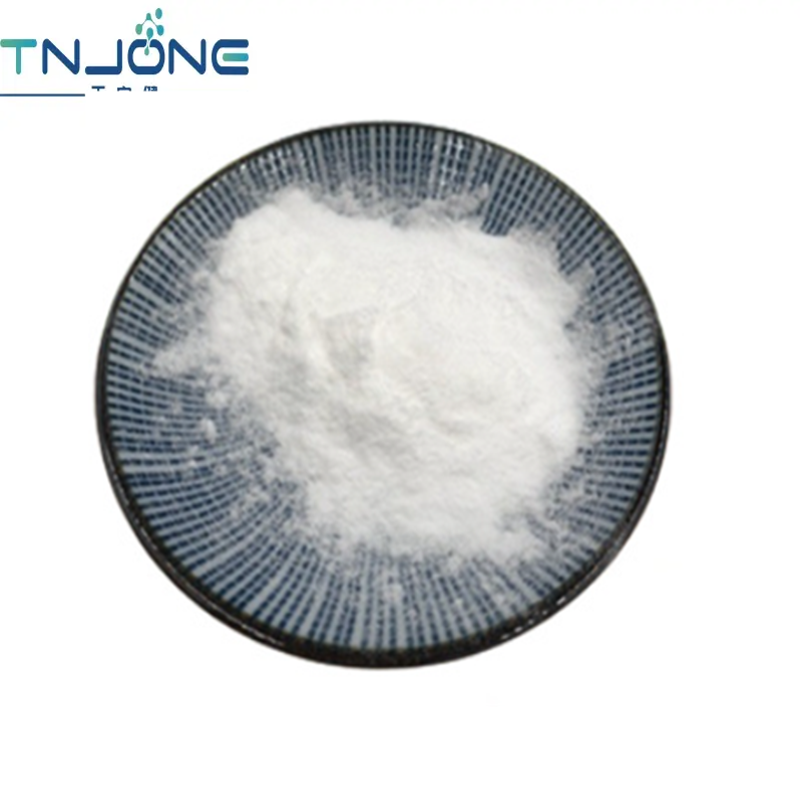-
Categories
-
Pharmaceutical Intermediates
-
Active Pharmaceutical Ingredients
-
Food Additives
- Industrial Coatings
- Agrochemicals
- Dyes and Pigments
- Surfactant
- Flavors and Fragrances
- Chemical Reagents
- Catalyst and Auxiliary
- Natural Products
- Inorganic Chemistry
-
Organic Chemistry
-
Biochemical Engineering
- Analytical Chemistry
-
Cosmetic Ingredient
- Water Treatment Chemical
-
Pharmaceutical Intermediates
Promotion
ECHEMI Mall
Wholesale
Weekly Price
Exhibition
News
-
Trade Service
The chemical industry is a vast and complex network of businesses, organizations, and individuals working together to produce, process, and distribute various chemical products.
One of the key components of this industry is the production of chemical intermediates, which are raw materials used in the production of final products.
One such intermediate is 1,1′-[1,1′-Biphenyl]-4,4′-diylbis[2-bromoethanone], also known as BDB.
BDB is an organic chemical compound that belongs to a class of molecules known as dirhenium dichlorides.
It is a yellow to orange-yellow solid that is soluble in organic solvents such as benzene and chloroform.
BDB is an important intermediate in the production of a wide range of chemical products, including pharmaceuticals, agrochemicals, and dyes.
Upstream and Downstream Products
Upstream products are the raw materials that are used to produce a final product.
In the case of BDB, the upstream products are the raw materials used to produce it.
These can include chemicals such as chloroform and benzene, as well as the starting materials used to synthesize those chemicals.
Downstream products are the final products that are produced using a chemical intermediate such as BDB.
In the case of BDB, the downstream products can include a wide range of chemicals used in the pharmaceutical, agrochemical, and textile industries, among others.
One of the key applications of BDB is in the production of pharmaceuticals.
BDB is used as an intermediate in the synthesis of several important drugs, including ACE inhibitors, which are used to treat high blood pressure and heart disease.
BDB is also used in the production of certain anti-inflammatory drugs, antibiotics, and antidepressants.
Another important application of BDB is in the production of agrochemicals.
BDB is used in the production of herbicides, pesticides, and other chemicals used in agriculture.
BDB is an important intermediate in the production of several widely used herbicides, including triazine herbicides, which are effective at controlling weeds in a variety of crops.
BDB is also used in the production of dyes and other colorants.
BDB is used in the production of several types of dyes, including reactive dyes, which are used to dye a wide range of textiles, and direct dyes, which are used to dye cotton and other cellulose-based materials.
In the chemical industry, it is important to have a detailed understanding of the upstream and downstream products associated with any given chemical intermediate.
This information helps chemical companies to better understand the market demand for their products and to identify potential opportunities for growth and expansion.
Challenges and Opportunities
One of the key challenges facing the chemical industry is the need to maintain a sustainable and responsible approach to production.
Chemical companies must balance the need to produce high-quality chemicals with the need to protect the environment and the health and safety of their workers.
Another challenge facing the chemical industry is the increasing competition from emerging markets, particularly in Asia.
Chemical companies must find ways to remain competitive in a global market while also meeting the demands of local consumers.
Despite these challenges, there are also many opportunities for growth and expansion in the chemical industry, particularly in emerging markets.
Chemical companies can take advantage of these opportunities by investing in new technologies and by developing new and innovative products.
Conclusion
1,1′-[1,1′-Biphenyl]-4,4′-diylbis[2-bromoethanone] is an important intermediate in the production of a wide range of chemical products, including pharmaceuticals, agrochemicals, and dyes.
Understanding the upstream and downstream products associated with chemical intermediates such as BDB is essential for chemical companies to







